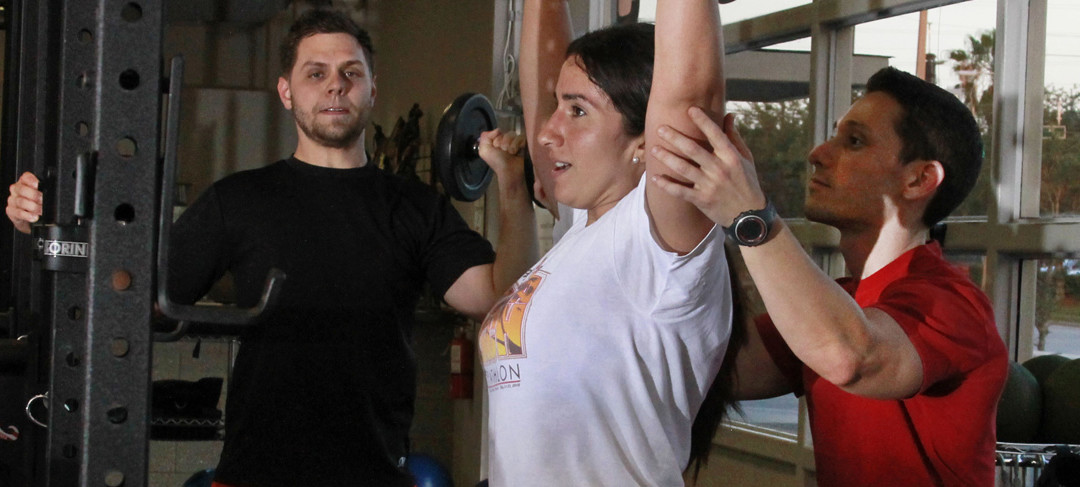It’s January 2nd and when you walk into your local gym you’ll be lucky to find an open bench to lift on or even 4 square feet of free space to do some bicep curls. That’s right, because 2016 New Year’s resolutions are in full swing. Every year thousands of Americans (maybe millions) pledge to lose weight, improve their physical appearance, or just plain “get healthy”. They spend the first 2-4 weeks performing more workouts in this brief time than they will the remainder of the year and the inevitable happens: they burn out. What went wrong? They were excited, motivated, and had a set of well thought out goals. The problem was the absence of the proper mindset.
For some reason, many of us seem to have an all-or-nothing mindset. Whenever we feel it is necessary to make a change, we decide that we have to dive in head first. Ironically, studies have shown that this often the LEAST SUCCESSFUL method. If you lived in Minnesota all winter and took a spring vacation to Mexico you wouldn’t lay out all day in the sun without sunblock, would you? That’s exactly what you’re doing when you’re absent from the gym all year (except the first couple of weeks during your previous resolution push) and then you go balls-to-the-wall and try to train everyday. Just like sun exposure, working out is something that you need to introduce gradually.
So what can you do to make this New Year’s resolution stick?
Have a realistic plan. One great idea that I stole from Alwyn Cosgrove is to set a goal for the amount of workouts you intend to complete in a given time period. Alwyn chose to do this for a year (he planned to complete 240 last year), but I think this might work even better by setting a monthly goal. Let’s say your goal is to complete 20 workouts per month. That means you have 30 or 31 days to get in those 20 training sessions and at least 10 rest days. Make sure you set a reasonable goal by taking into account all your other responsibilities and commitments. You could even start with a lower number like 10 or 15 and add one workout each month as you get into the swing of things.
The coolest part about this plan is that you don’t have to train a day if you’re really not feeling it or if something comes up last minute. You simply pick up where you left off. However, you still have to make the commitment to complete the specified amount of workouts before the month is over. Also, you decide what workouts to do. If you prefer cardio to weight training, do more cardio sessions. If weight training is your thing, then prioritize that. It’s really that easy!
Improving your physical fitness this year can be a reality despite your past difficulties. Don’t try to change everything overnight. Take each day as it comes and make a choice to improve 1 or 2 bad habits gradually. Before you know it, those little things are going to start adding up and the scale is going to start going down. Make this year different by changing your body and mindset.

